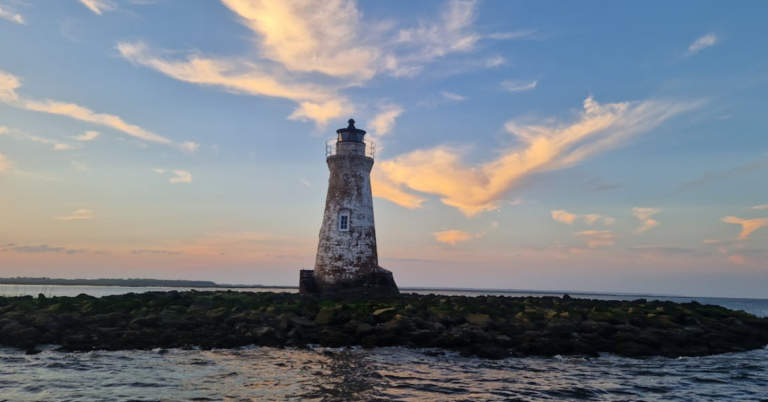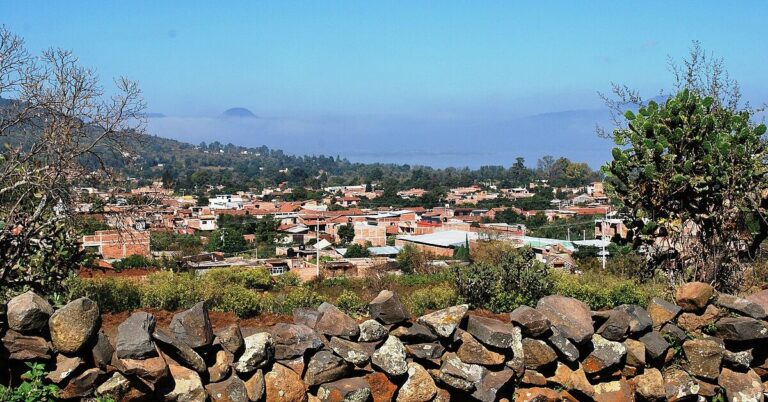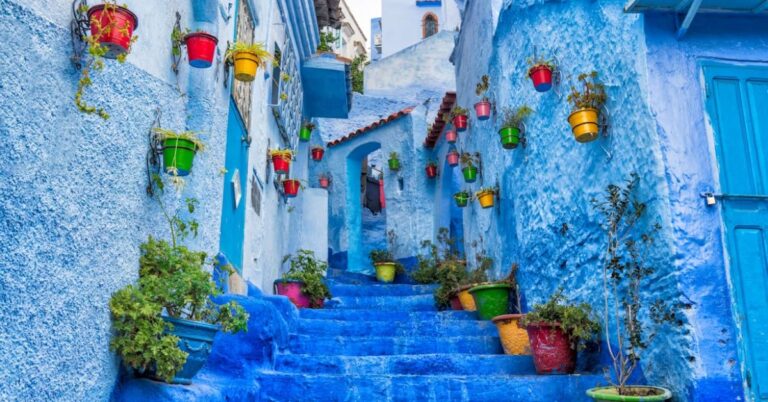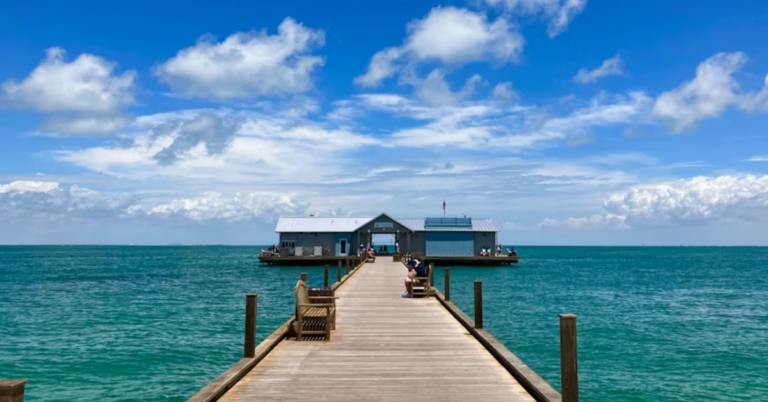15 Stunning Sights That Make Bucharest Unforgettable
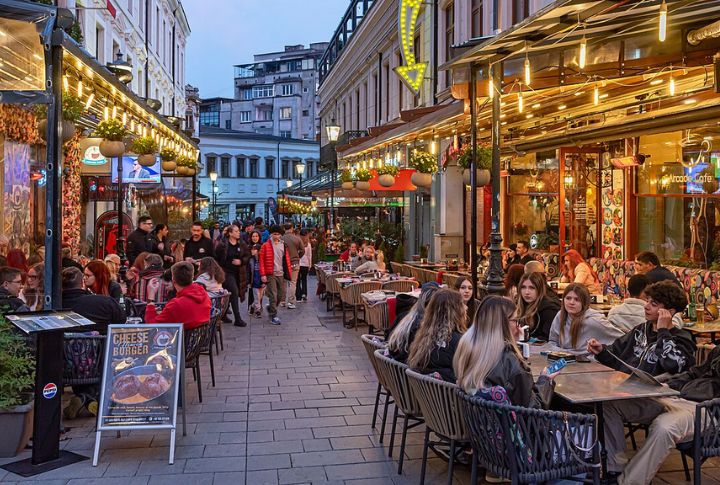
Bucharest isn’t just a city—it’s a storybook with unexpected chapters. One minute, you’re sipping coffee in a 19th-century bookstore; the next, you’re staring down a palace that looks like it belongs in a spy film. Curious, bold, and a little eccentric, Bucharest turns every corner into a cultural surprise.
Palace Of The Parliament
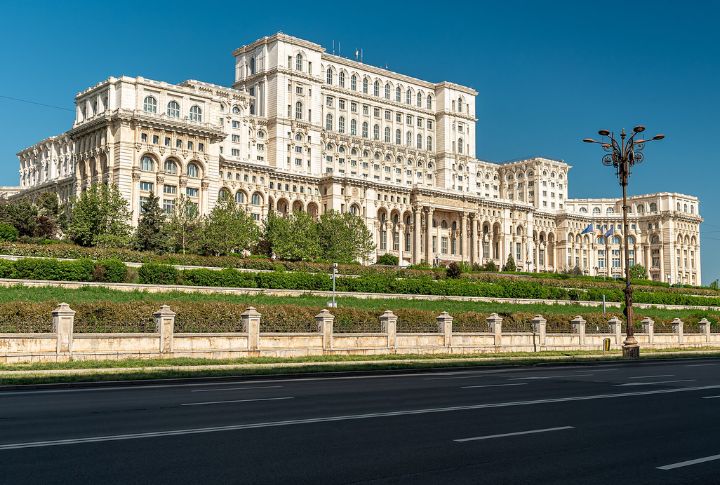
Did you know that the Palace of the Parliament is the world’s heaviest building? With over 1,000 rooms and 12 underground levels, it’s a monumental feat of architecture. Built during the 1980s by Nicolae Ceausescu, it is so vast that you can even spot it from space.
Village Museum
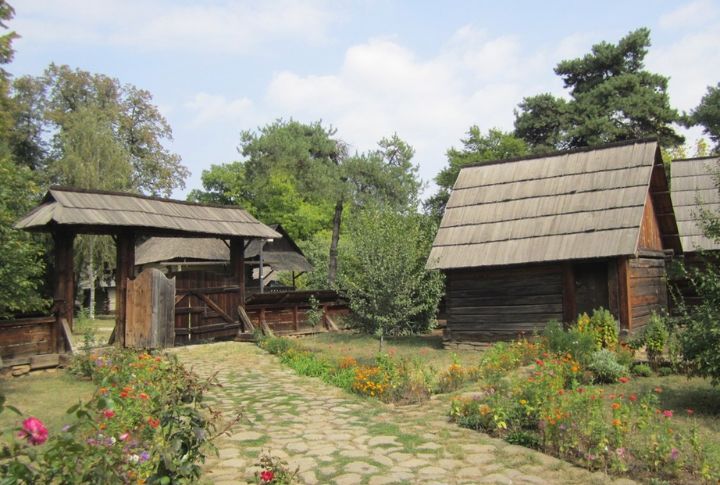
Over 270 traditional Romanian homes and farms can be found at the Village Museum, an open-air sanctuary of rural life. Established in 1936, it offers a hands-on look at Romanian architecture, with structures dating from the 17th to the 20th century, preserving the nation’s heritage.
Romanian Athenaeum
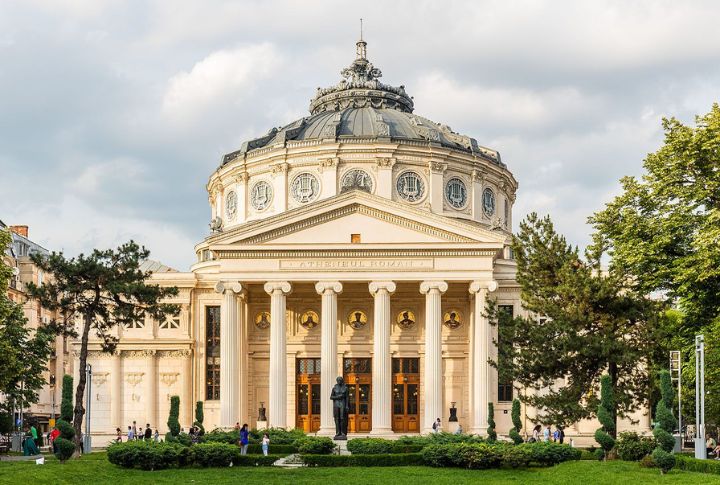
Built in 1888, its circular concert hall features a stunning fresco that depicts key moments in Romanian history, becoming a cultural cornerstone of Bucharest. The Romanian Athenaeum’s acoustics are world-famous, making it the perfect venue for classical music performances.
Lipscani District
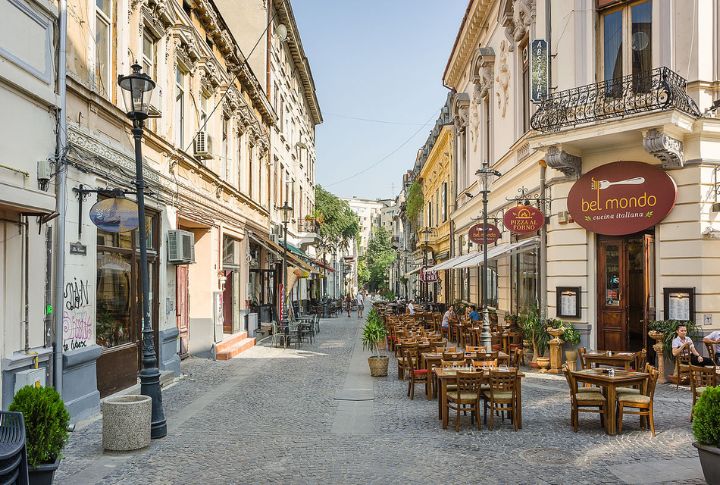
Lipscani District was once the center of commerce, but today, it’s a vibrant blend of art, culture, and history. Preserving 19th-century architecture, it now thrives with cafes, bookstores, and theaters, reflecting Bucharest’s transformation into a cultural hotspot.
Stavropoleos Monastery
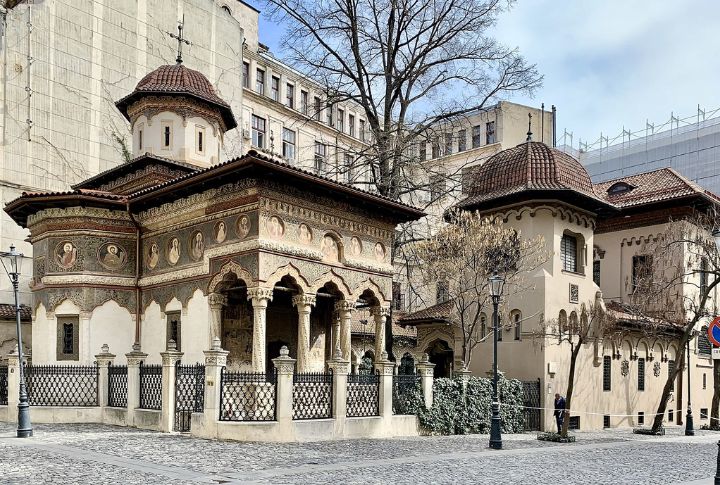
In the heart of Bucharest, Stavropoleos Monastery offers an oasis of peace with its beautiful Brancovenesc architecture. Built in 1724, this active nunnery houses one of Romania’s oldest Byzantine music collections, with intricate stone and woodwork adorning its peaceful courtyard.
Carturesti Carusel
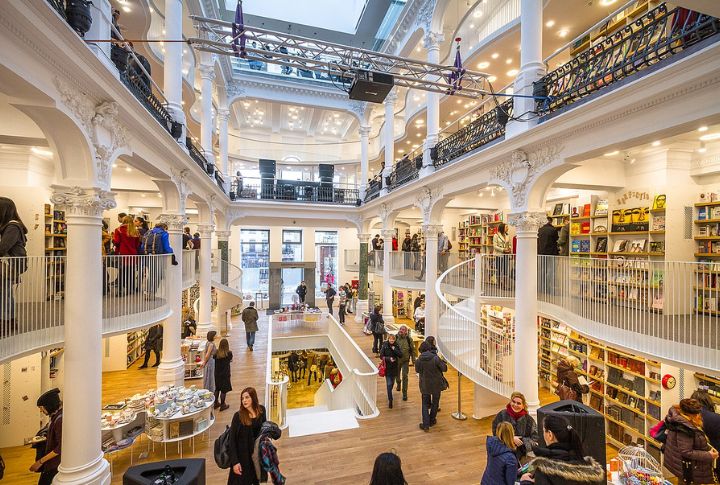
Located in a stunning 19th-century building, it features over 10,000 books, an art gallery, and a bistro on its top floor. Carturesti Carusel is a six-story bookstore that feels more like a cultural experience. Its spiral staircase and glass skylight make it a must-visit spot.
Revolution Square
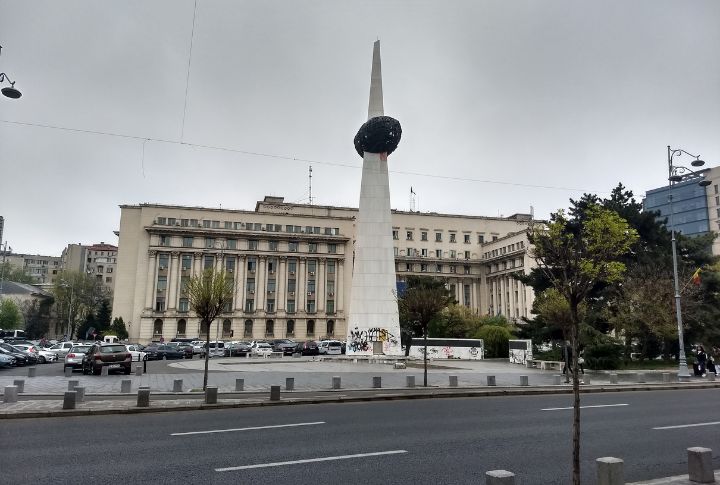
Revolution Square is the site where Romania’s 1989 revolution took place, marking the end of the communist regime. The square features the Memorial of Rebirth, symbolizing freedom, and is surrounded by important landmarks, including the former Royal Palace and the University Library.
National Museum Of Art
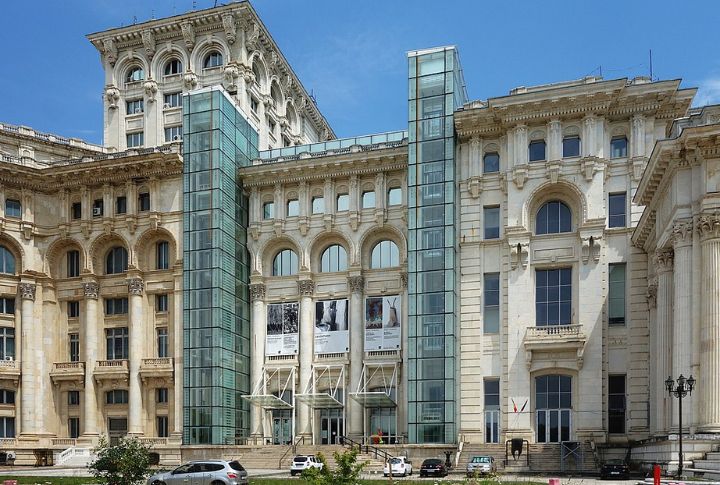
The National Museum of Art is a treasure trove of Romanian and European masterpieces. Featuring works by El Greco, Rubens, and Rembrandt, it’s a haven for art lovers, showcasing Romanian medieval and modern art collections.
Grigore Antipa Museum
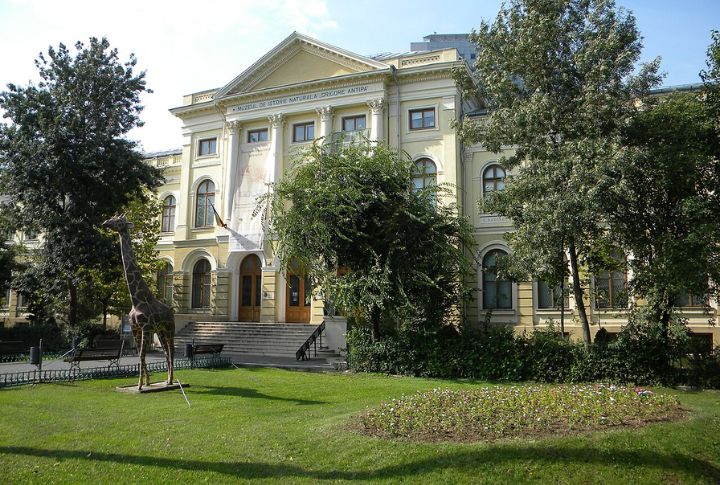
Grigore Antipa Museum is a treasure chest of natural history with over 2 million specimens on display. Known for its life-sized dinosaur skeletons and detailed dioramas, it’s one of Bucharest’s most popular destinations. It gives you a fascinating glimpse into the world’s biodiversity.
Cotroceni Palace
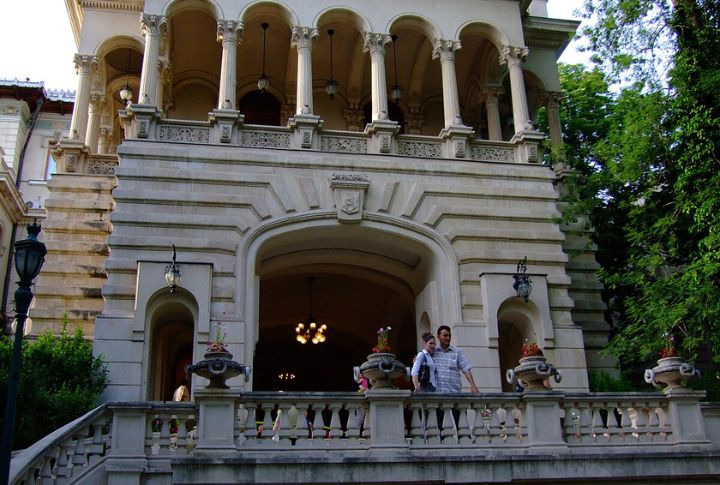
Once a 17th-century monastery, Cotroceni Palace now serves as the official residence of Romania’s president. The palace, blending Byzantine and Baroque styles, also houses the Cotroceni National Museum, which showcases Romanian royal history and important cultural artifacts.
Hanul Lui Manuc
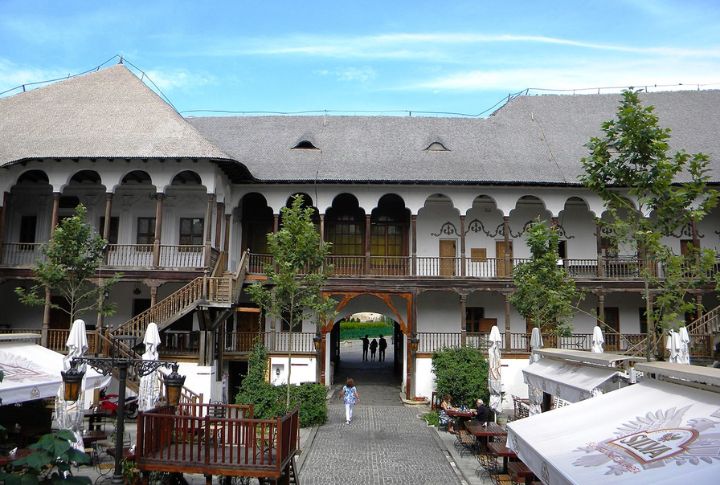
Hanul Lui Manuc, built in 1808, is Bucharest’s oldest operating inn. This Ottoman-style structure once served as a meeting place for political figures. Now a restaurant, inn, and wine cellar, it has retained its historic charm with cobblestone paths and wooden balconies.
Mogosoaia Palace
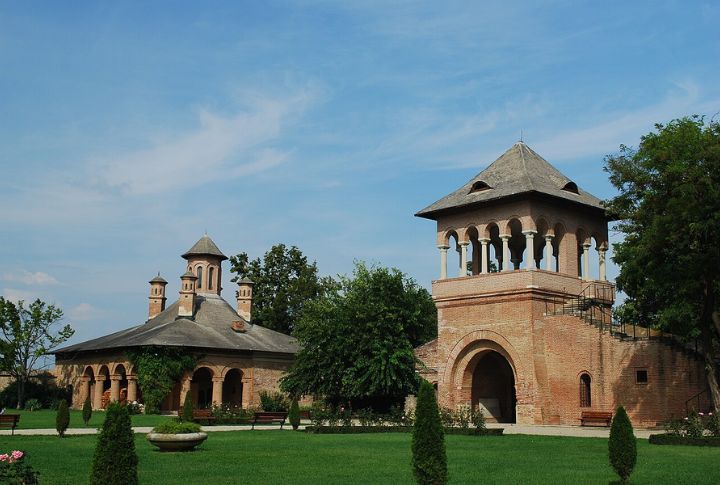
Set by a serene lake, the palace has stunning gardens and a museum that tells the story of Romania’s royal heritage, providing an enriching experience for visitors. Mogosoaia Palace is a stunning example of Brancovenesc architecture, built in 1702.
George Enescu Museum
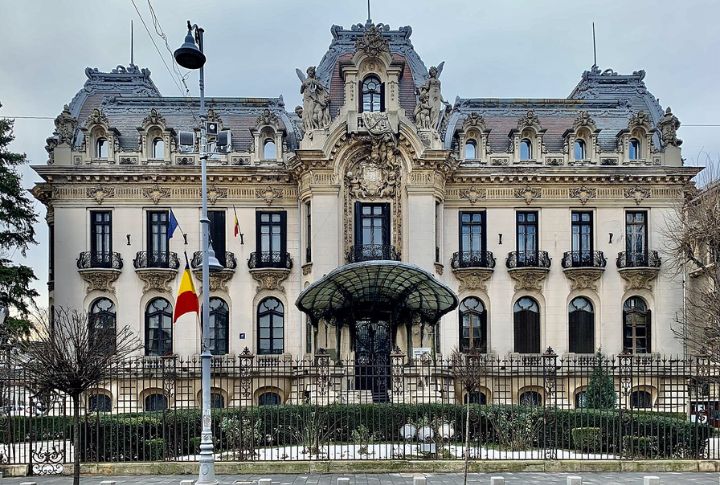
The museum houses Enescu’s personal manuscripts, instruments, and compositions. It also regularly hosts classical music concerts, making it a focal point for both music lovers and history enthusiasts in Bucharest. Located in the Cantacuzino Palace, the George Enescu Museum celebrates Romania’s greatest composer.
Carol Park
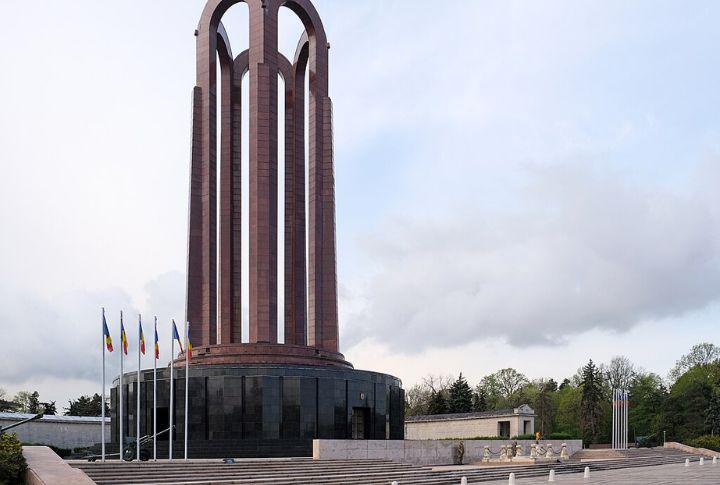
Designed by French architect Edouard Redont, Carol Park beautifully integrates nature with historical monuments. In addition to the Mausoleum of Communist heroes, it houses the Roman Arena and several statues, representing key moments in Romania’s history while offering a serene escape for visitors.
Bellu Cemetery

Home to Romania’s cultural elite, Bellu Cemetery is an open-air museum with elaborate tombs and mausoleums. Established in 1858, it’s the final resting place of known figures like poet Mihai Eminescu and playwright Ion Luca Caragiale, showcasing Romania’s rich artistic legacy.

